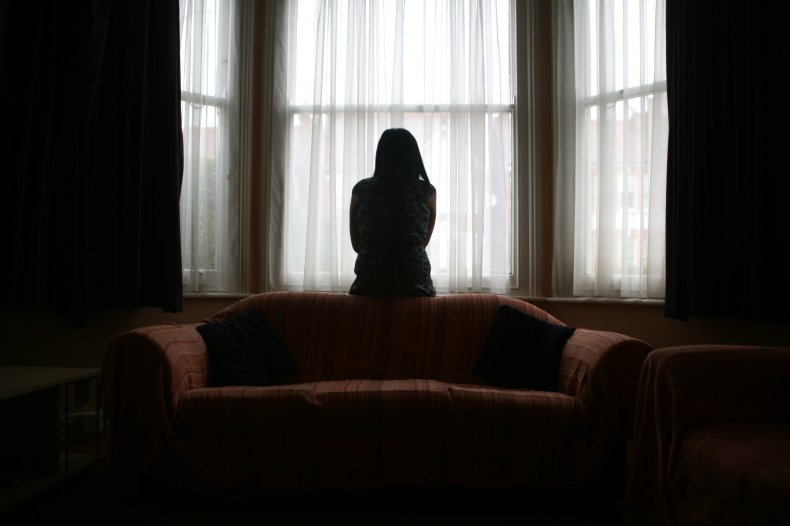By: TALIB VISRAM
Original post can be seen here.
Guaranteed income has been having a moment: city-wide direct cash pilots have sprung up in Atlanta, Pittsburgh, and Los Angeles, the latter of which became the largest the country has seen, serving 3,000 residents. Some served a broader pool of low-income applicants, while others targeted very specific demographics. Gainesville, Florida’s program focused on the formerly incarcerated, while Columbia, South Carolina’s supported single Black fathers; in San Francisco, artists who took a hit from the pandemic received a basic income.
While data varies from city to city, preliminary results show an overwhelming benefit: After only a year’s distribution of $500 checks to low-income residents in Hudson, New York, the program found that employment more than doubled among recipients, from 29% to 63%.
Anecdotally, participants said they could plan beyond the day-to-day, start to pay off bills, and save money for grad school or a business. Mental and physical health improved. And, because of the unconditional nature of income versus other social welfare, recipients reported improved feelings of individual agency.
But turning those short-term pilots into long-term state or federal policy is more difficult than just collecting more evaluative data. Programs are often constrained by time and money. They have to keep goals narrow and administrative costs low, to maximize the cash going out to individuals. They also have to navigate deeply rooted cultural stigmas. A study by The International Public Policy Observatory found that a major barrier to pilot expansion is a lack of public understanding about how these pilots can benefit the whole society; rather, many believe their neighbors are receiving “free money” from their taxes. For such reasons, the federal government has been reluctant to fund long-term programs, preferring older social security systems because they’re stringently means-tested and conditional.
To combat those narratives, direct cash pilot programs need to engage local communities and transform them into advocates. That’s according to Income Movement, an organization that aims to fire up the people who participate in pilots, or may be eligible for future iterations; and their neighbors, to mobilize and influence elected officials with their own success stories. To help cities build their coalitions of neighborhood advocates, Income Movement is launching a guiding framework, the Pilot Community Engagement Program (PCEP), on May 16, ahead of June’s Guaranteed Income Community of Practice, a convening of more than 100 direct cash assistance pilot organizations from across the country, where the framework rollout will be the primary agenda item.
PCEP’s goal is, first, to educate neighborhoods about basic income, and to break stereotypes about what it means to receive cash assistance. It aims to partner with more pilots at local levels, and offer staff to help them run awareness events tailored to their specific communities. Finally, it will offer a digital toolkit, full of resources and best practices, to guide budding pilots on fundraising, targeting, and distributing funds. “Pilots themselves are this new invention, and people have really been inventing as they go along,” says Stacey Rutland, Income Movement’s founder and president.
Rutland says ordinary voters have been “one of those most important levers for change” in the biggest movements of the past, such as racial equality, gender justice, and gay rights. If pilots end without building a coalition of advocates, it’s a missed opportunity—after all, these are some of the country’s most economically vulnerable people, and the constituents whose stories should most influence elected officials.
Yet, while pilot programs are very good at collecting quantitative and qualitative data to show the worth of basic income to policymakers, what’s lacking from the advocacy landscape is an energetic movement.
Last summer, California earmarked $35 million for the U.S.’s first statewide income plan, for foster youth—though funds are delegated to local organizations and municipalities to run their own programs. “Engaging [people] from the very start is so critically important, so that they know, understand, and really feel invested in what we’re doing,” Rutland says.
Since its founding in 2019, the nonprofit has been building a proof-of-concept toward a model of engaging the community through educational events, and giving them the tools they need to run them, principally with three pilot programs. It partnered with San Diego for Every Child, a grassroots organization focused on ending child poverty in San Diego, which launched an income pilot in March. “Income Movement came in and helped us cultivate what those sessions would look like,” says director Khea Pollard.
Together, they developed a community-event structure to help educate residents and turn them into advocates for cash assistance policies. Last December, before the program’s application process began, Pollard’s organization, with help from Income Movement, invited residents from the pilot’s zip codes to community dinners. They screened a short documentary, Inherent Good, about a groundbreaking basic income pilot targeted to Black mothers in Jackson, Mississippi. Attendees were then given the chance to share their views on direct cash, and on what it could mean in their lives.
The event helped educate many who didn’t know what basic income was, or believed that it would be impossible to implement policy like that on a permanent basis. It also helped bust some deep-rooted meritocratic narratives, like the bootstraps trope that falsely assumes all Americans, regardless of status, can achieve economic success through hard work. Rutland and Pollard said the responses were generally positive; some attendees asked what they could do to help.
Every community is different and will need different approaches. In Nashville, where a planned pilot, Moving Nashville Forward, is still in its fundraising stage, Income Movement has focused on building trust among the broader community, and educating them on the intersection of race and economics in the South. They held a “lunch and learn” series with economic and civil rights leaders; this summer, they hope to screen The Neutral Ground, a film about the removal of Confederate monuments in New Orleans.
When PCEP launches, it’ll start working with new pilots; it’s already in talks with programs in Gainesville and Las Vegas. Depending on the communities, suggested strategies may involve town halls with politicians and workshops in small groups with income experts; participants may also be encouraged to man booths at fairs and markets, attend basic-income marches, and ask their local establishments to sign on in support. They may also work with older pilots to help append community elements. “Something like that would have been so helpful when we first started,” Pollard says.
Now up and running, San Diego’s pilot will end in March 2024, at which point Pollard says the PCEP is “going to be very beneficial for raising that local work to a national level.” They will need the energy of a movement to go statewide, especially in a state like California, where there’s potential to connect the multiple cities currently running pilots, and force momentum to pass state policy, Rutland hopes, in the next couple of legislative cycles. Then, there’s the federal level.
Income Movement remains agnostic about what a federal income policy might look like. But it points to the Child Tax Credit during the pandemic as an example of effective national policy, where millions received cash, which researchers estimated helped reduce the monthly child poverty rate by 26%.
Rutland says the credit’s expansion in 2021 was spurred by the voices of ordinary people. The group put forward the stories of program beneficiaries to lawmakers, including Senators Chuck Schumer and Ron Wyden, to share their stories, which was instrumental in persuading legislators to act.
That will be the group’s model for pushing their agenda in the future. “A lot of the time, the needs of everyday people are what becomes part of the compromise at the table when policy is happening,” Rutland says. “We want to make sure that the folks who are in those rooms know the experiences, know the needs of people.”
The post What will it take to make basic income programs permanent? appeared first on Basic Income Today.
This post was originally published on Basic Income Today.








